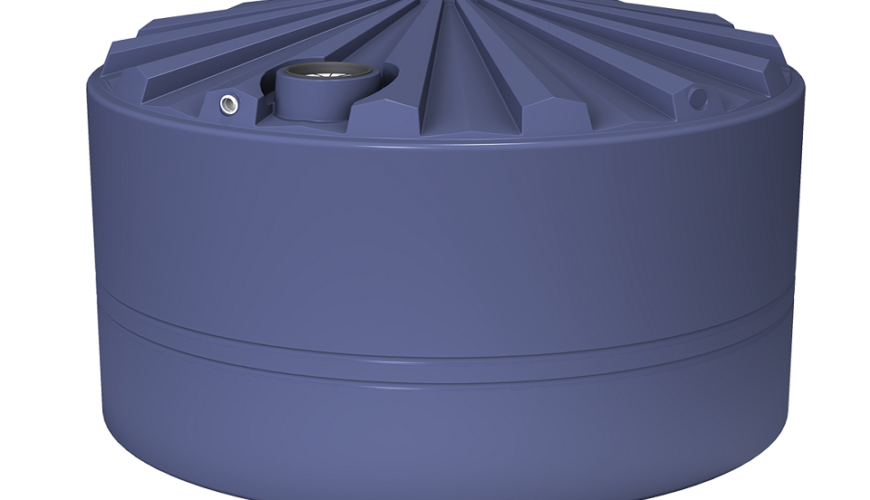The whole debate on why inground concrete rainwater tanks are far healthier than plastic tanks may have ended. And it may have effectively saved countless homeowners the agony of having to settle for inferior, low-quality plastic tanks, especially those that crumble under the punishing Aussie summers.
But one of the most pertinent questions today is whether groundwater tanks are safer and deserve to be spent on, compared to their above-ground counterparts. It is another hot debate that pits tanks designed for below ground use against those designed to either rest on the ground or are raised.
Concrete inground water tanks are safe
The question isn’t about whether in inground water tanks are safe but just how safe they are. In a country of varying climatic conditions like Australia – a subcontinent where droughts and water shortages can hit hard – water storage isessential.
A water tank, built underground, can be of whatever size. There’s no limit on how deep or the length and width an inground tank can be built. That means that one can make a huge tank and confidently fill it up with hundreds of thousands of litres of rainwater.
Whether the water remains clean, safe, and undisturbed by the brutal weather conditions that often affect the quality of water stored in above-ground water tanks influences one’s choice of a water tank. Rainwater, which naturally is acidic, becomes more acidic when stored above the ground.
But if the same water is kept in an in-ground tank, the acidity reduces, and the taste generally gets better. But even without that, rainwater should be stored in an inground concrete tank for the taste to improve.
Remember that concrete inground water tanks aren’t just durable but highly eco-friendly. Being environmentally-friendly is one of the most significant reasons why these tanks are highly rated, compared to their above-ground counterparts. It is a virtue that greatly contributes to the impressive safety standards and also their durability.
Safe, long-term investment as well

It is true; groundwater tanks can cost an arm and a leg to design, build and finalize before use. But who wouldn’t want to jump into a safe and rewarding long-term investment?
Build one today, and you can be confident that a decade or two from today, the same inground water tank will still be functioning. The only catch is to keep a strict and regular cleaning and maintenance regimen.
Worth mentioning too is the fact that Inground water tanks can double up as a way of transporting the water. Since the tank lies close to the ground, one can design this tank to look like a pipe.
Concrete enhances the safety of an inground tank
There can’t be a stronger, better material to use in constructing your inground tank than concrete. It is super-strong, readily available, and suits tanks of all sizes. Furthermore, tanks built using concrete can’t leak, spill water, or cave in.
Ideally, concrete is a no-frills building material. The tank remains safe since no substance can seep in through the walls and contaminate the water stored. That means total peace of mind. Concrete is universal and can be used anywhere across Australia.
Before you decide to install an inground tank
On safety, no other type of tank can compare with an inground water tank. It can never cave inor quickly get the water inside contaminated by any exterior substance. The overall quality of the water improves with time, and in the end, even the most acidic of all rainwaters end up tasting better.
If you are considering going for an in-ground tank, rest assured that it will be an investment of a lifetime. However, it’s better to engage a professional who understands various types, sizes, and shapes and can design an award-winning tank for you.




